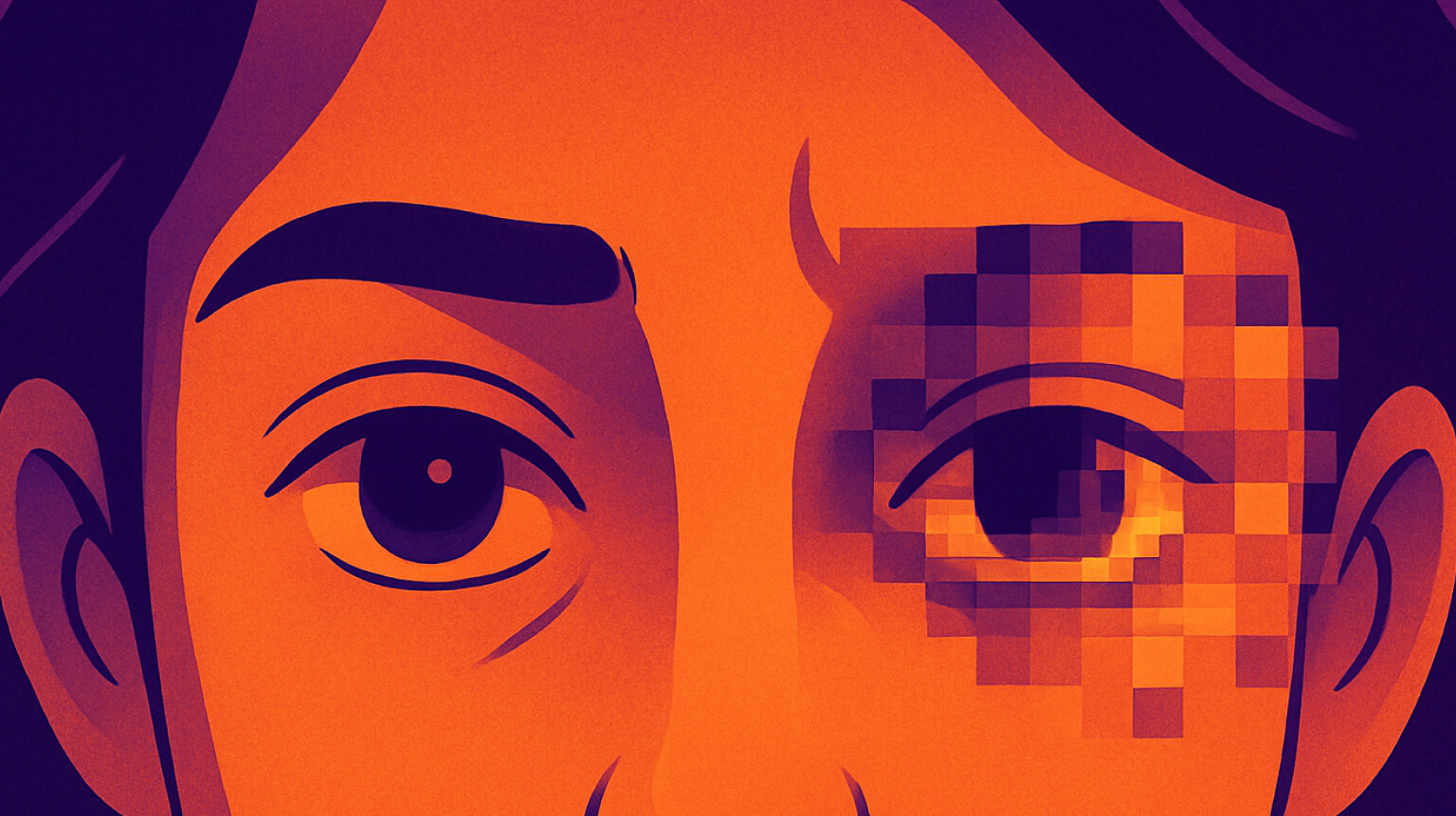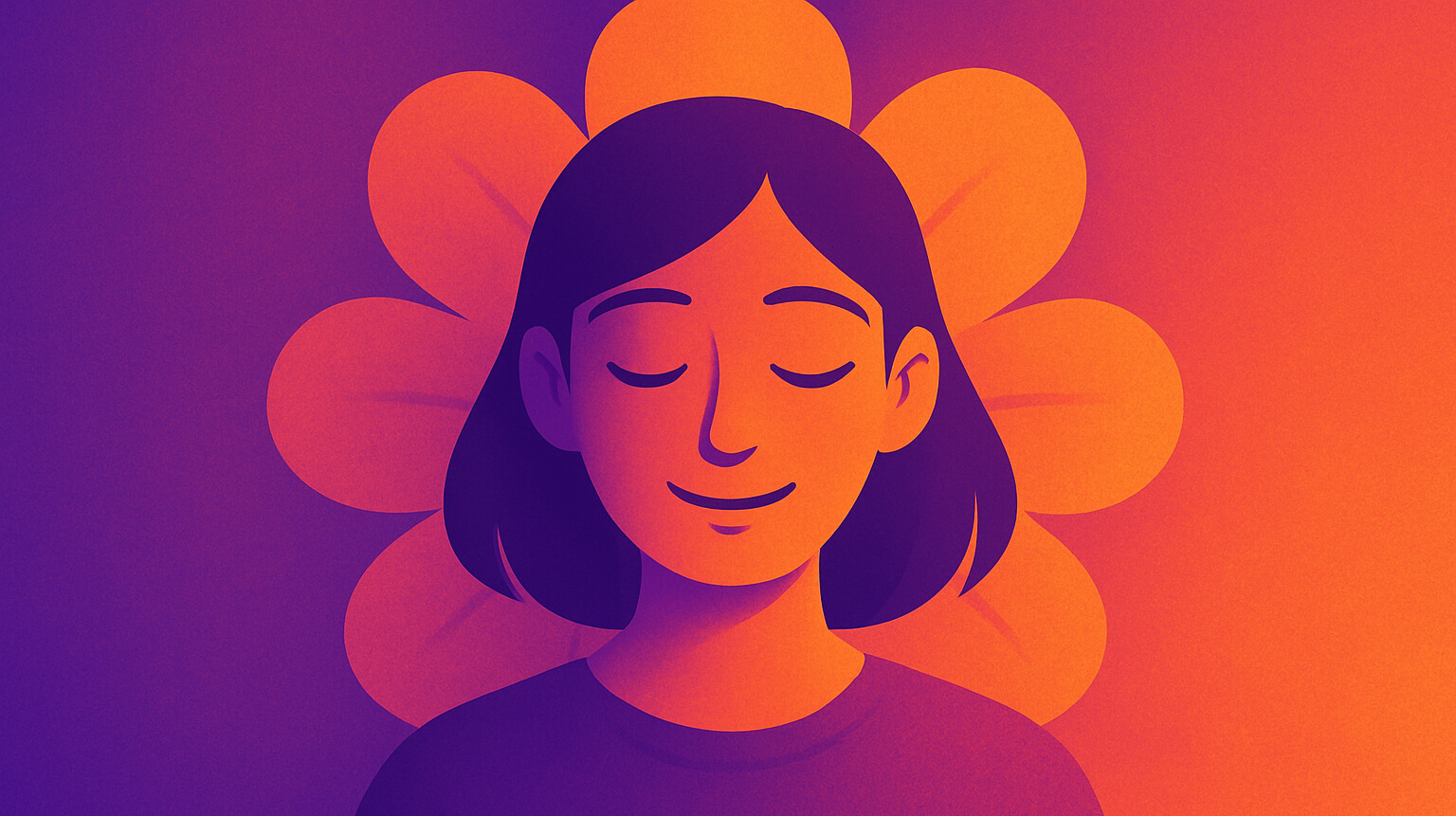The Eyes: More Than Meets the Screen
Our eyes are incredible. They capture light and send signals to our brain, allowing us to see the world. But staring at screens for too long can strain them in ways we might not notice immediately.
- Digital Eye Strain: Also known as computer vision syndrome, this is a group of eye and vision problems linked to extended screen time. Symptoms include dry eyes, blurred vision, headaches, and neck pain.
- Reduced Blinking: When we're focused on screens, we tend to blink less—sometimes half as often as normal. Blinking keeps our eyes moist. Less blinking means dry, irritated, and itchy eyes.
Why Do Screens Cause Eye Strain?
-
Fixed Focus: Our eyes indeed have small muscles that control focus and movement. These muscles, specifically the ciliary muscles, help the lens change shape to focus on objects at different distances, a process called accommodation. When we spend extended periods staring at a screen, our eyes are focused at a fixed distance for too long, causing these muscles to become fatigued.
This muscle fatigue can lead to what's known as temporary accommodation lag, where the eyes take longer to adjust when shifting focus from the screen to something farther away. This lag can make the world appear blurry for a few seconds after looking away, as the tired muscles need time to relax and refocus.
-
Glare and Contrast: Bright screens and poor contrast between text and background can make reading difficult, causing the eyes to work harder.
-
Screen Settings: Small fonts and improper brightness settings can also contribute to eye strain.
The Brain: Overloaded Circuits
Our brains process vast amounts of information every day. But excessive screen time can push them into overdrive.
-
Blue Light Exposure: Screens emit blue light, a high-energy visible light. While some blue light exposure is natural, too much—especially at night—can affect our sleep patterns. Blue light affects the production of melatonin, the sleep hormone. Exposure to screens before bedtime can make it harder to fall asleep. Here's a video where Anjan Katta (the founder of Daylight Computer explains why and how blue light negatively affects our circadian rhythm.
The lack of good quality sleep is also linked to mood swings, anxiety, and depression.
-
Constant Stimulation: Screens rarely display static content. Instead, they bombard us with rapidly changing images, notifications, and new information. This constant input can overwhelm the brain and make you feel tired.
-
Multitasking Myth: We think we're multitasking when we switch between apps or tasks. In reality, the brain is rapidly switching focus, which can lead to mental fatigue.
How to Reduce Screen Fatigue
Understanding the problem is the first step. Here are some easy ways to reduce screen fatigue:
- The 20-20-20 Rule: Every 20 minutes, look at something 20 feet away for 20 seconds. This gives your eyes a chance to relax, and your tired muscles recover quickly.
- Adjust Your Screen: Ensure your screen is about an arm's length away and slightly below eye level. Adjust brightness and contrast to comfortable levels. Also make sure the ambient lighting is brighter than the screen itself.
- Blink Often: Make a conscious effort to blink more. This keeps your eyes moist. If you can't help it, use an interval timer to remind you to blink often.
- Limit Screen Time Before Bed: Try to avoid screens at least an hour before bedtime. This helps your brain prepare for sleep.
- Use Blue Light Filters: Many devices have settings to reduce blue light emission (like Night Shift on the Mac and iPhone; also f.lux). Consider using these, especially after sunset.
Embracing Technology Wisely
Technology isn't the enemy. It's about how we use it.
- Take Regular Breaks: Short breaks can refresh your mind and reduce eye strain. You can also mix in longer breaks after every few short breaks to get up and stretch your whole body.
- Stay Hydrated: Drinking water helps reduce dry eyes.
- Mindful Usage: Be aware of how much time you're spending on screens. Set boundaries if needed.
Final Thoughts
Screens are a big part of our lives. They're tools for work, communication, and entertainment. But like any tool, they should be used wisely. Small changes can make a big difference. By being mindful of our screen habits, we can protect our eyes and brains from unnecessary strain.
So whenever you are immersed in the digital world next, remember to take a moment to look away. Your eyes and brain will thank you.
Further Reading & Scientific References
For those interested in diving deeper into the science behind screen fatigue, here are some valuable research papers and studies that explore this topic:
-
Digital Eye Strain: Prevalence, Measurement, and Amelioration – This paper examines the prevalence of digital eye strain (DES), its symptoms, and various ways to measure and reduce it in everyday screen use.
-
Blue Light and Eye Damage: A Review on the Impact of Digital Device Emissions – A comprehensive review on the effects of blue light emitted by screens, discussing potential damage to the cornea, retina, and crystalline lens.
-
Effects of Excessive Screen Time on Neurodevelopment, Learning, Memory, and Mental Health – This scoping review explores the broader effects of excessive screen time, including impacts on neurodevelopment and mental health.

